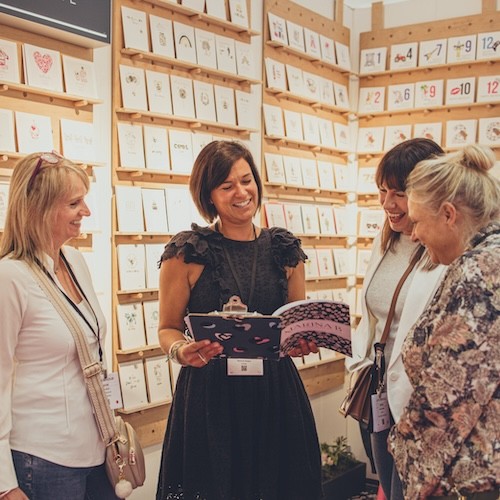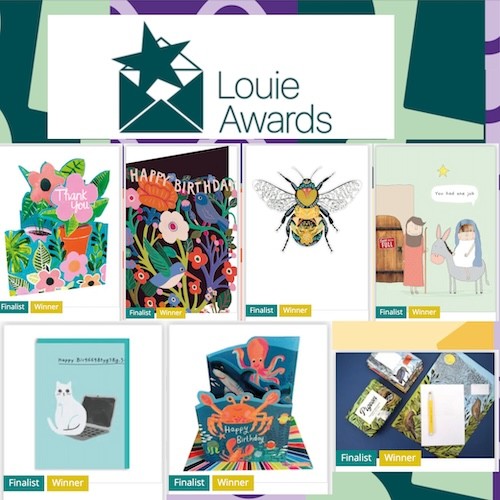Paper company’s Pete Stevens does the industry proud
Specialist paper supplier Fedrigoni is forever coming up with new ways of reinforcing its commitment to the greeting card industry – such as its inventive paper aeroplane installation at PG Live, sponsorship of The Henries and giant card consumer-facing initiative.
Its latest puts words into action with an insightful article which is being shared with the media, that puts forward an engaging case as to why greeting cards continue to endure and chime with the public.
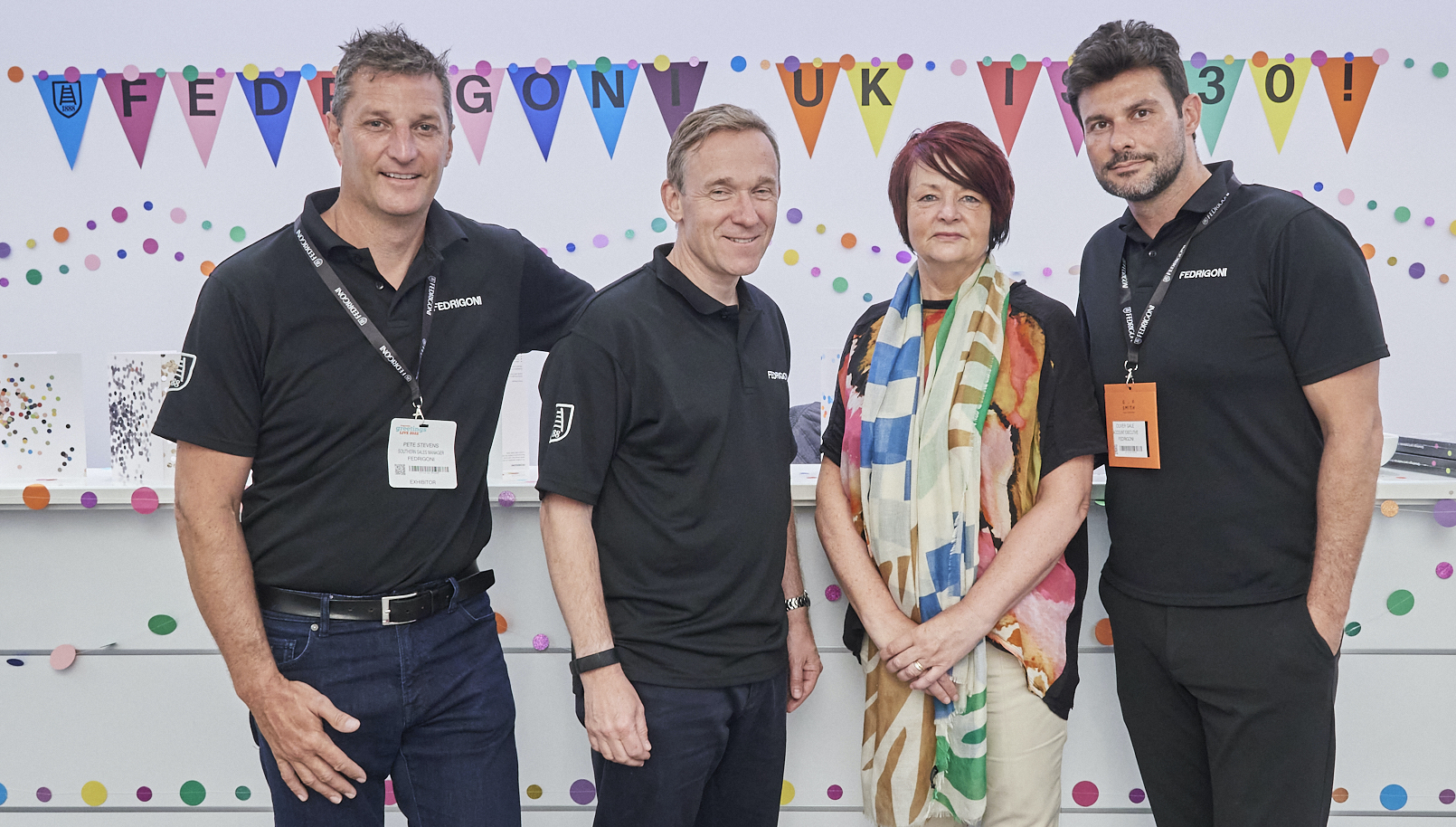
Written by Fedrigoni’s southern UK sales manager Pete Stevens and disseminated by Andrea San Pedro, of TDC PR, the “Love and humans’ innate need for touch are what’s keeping the greeting cards industry alive” missive examines the industry’s resilience in the face of continued uncertainty while ensuring the tradition doesn’t wane in the face of sustainability concerns, changing attitudes and the digital age.
It confronts the Christmas card cynics, celebrates the industry’s embrace of diversity, draws on findings from research undertaken by Limerick and Liverpool universities into why card sending can be a measure of someone’s mental health and why the tactility of a greeting card will always retain a sense of specialness.

Read what Pete has to say…
Love and humans’ innate need for touch are what’s keeping the greeting cards industry alive
The greeting card market has never operated in more challenging times, the declining High Street, the rise in digital communications, and consumer concerns about the environment have all been further compounded by the pandemic, the rising cost of raw materials and manufacturing, and even the postal strikes.
However, cause for optimism remains, even as retail analysts speculate on the greeting card’s relevancy in the modern world – along with its possible demise.
On social media, the recent festive season spurred many conversations about sending and receiving Christmas cards. “Does anyone even send these anymore?” asked one Gen Zedder. “I can’t wait for the older generation to die off, then we can be done with Christmas cards altogether,” said another. “Die Card,” someone else quipped – a subtle nod to the long-standing debate on whether Die Hard is, in fact, a Christmas movie.
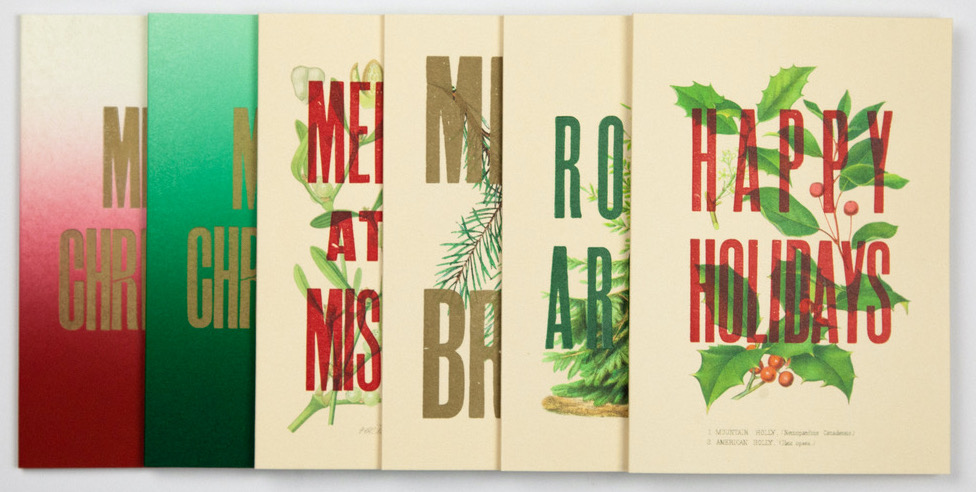
Elsewhere a curmudgeon of a newspaper columnist, of a particular age, for a particular newspaper, bemoaned suffering a festive card “drought” having only received 28 versus the 150 he’d typically get “in a good year” and attributed the steep decline of traditional Christmas card-giving to the “woke”.
There seems to be a tension between the sentimentality of older generations hankering back to what they remember as a better time where people made the conscious effort of putting pen to card to send good wishes, celebrate life events or extend heartfelt sympathies, versus today’s smartphone-wielding digital natives more accustomed to the emotionally-removed convenience and instantaneity of sending of gifs, texts and emojis.
If the doom-mongers are to be believed, will the humble greeting card die out as older consumers meet their maker?
Indeed, the greeting cards market has never faced a more hostile climate – but the reality is that the category continues to endure, even defy, adversity.
The latest GCA Market Report 2022 recorded that sales of greeting cards had grown by both value and volume since 2020. The total retail value of single card sales in the UK in 2021 exceeded £1.5billion with 783 million single cards sold, constituting an 11% increase compared to 2020 figures.
And, according to Researchandmarkets.com, significant gifting events, such as Valentine’s Day, remain the second biggest occasion for sending greeting cards globally, with sales continuing to surpass flowers and chocolates.
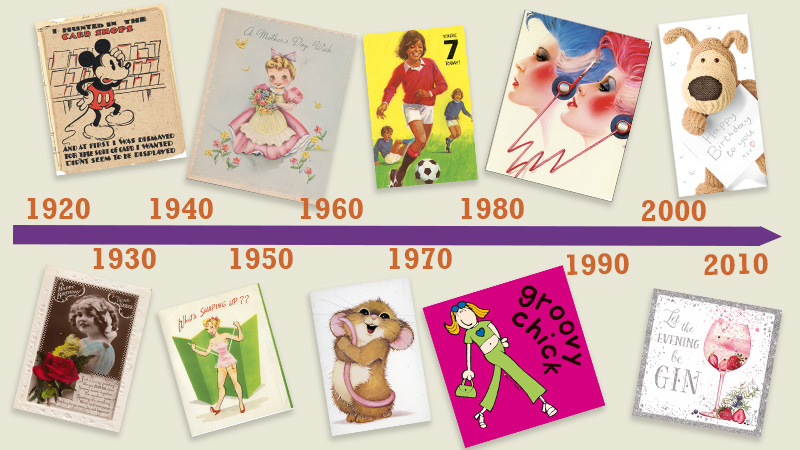
The factors accounting for the industry’s resiliency are interesting. Firstly, it really has innovated in terms of product choice. Where greeting cards once seemed to only serve a small section of society, products have rightly expanded to reflect the diversity of relationships, cultures and life events – from engagement cards representative of LGBTQI+ couples to commemorating the birth of a new baby of mixed-race parentage.
Secondly, the industry has embraced digital effectively, enabling busy or habitual armchair shoppers to select, personalise and send greeting cards with just a few taps on their phone. That said, the GCA’s research shows that, despite the so-called slow death of the High Street, 94% of cards are still bought in bricks-and-mortar stores.
And when the Covid pandemic hit and UK consumers remained at home, isolated from their friends and family, greeting cards became an ever-important way of maintaining meaningful connection away from our screens.
Overcoming all the issues, there is something inherently complex at play which accounts for the sector’s continued endurance – it’s powerful, difficult to quantify and impossible to manufacture, and sees the emotive value of giving and receiving greeting cards enable the industry to survive the smartphone age.
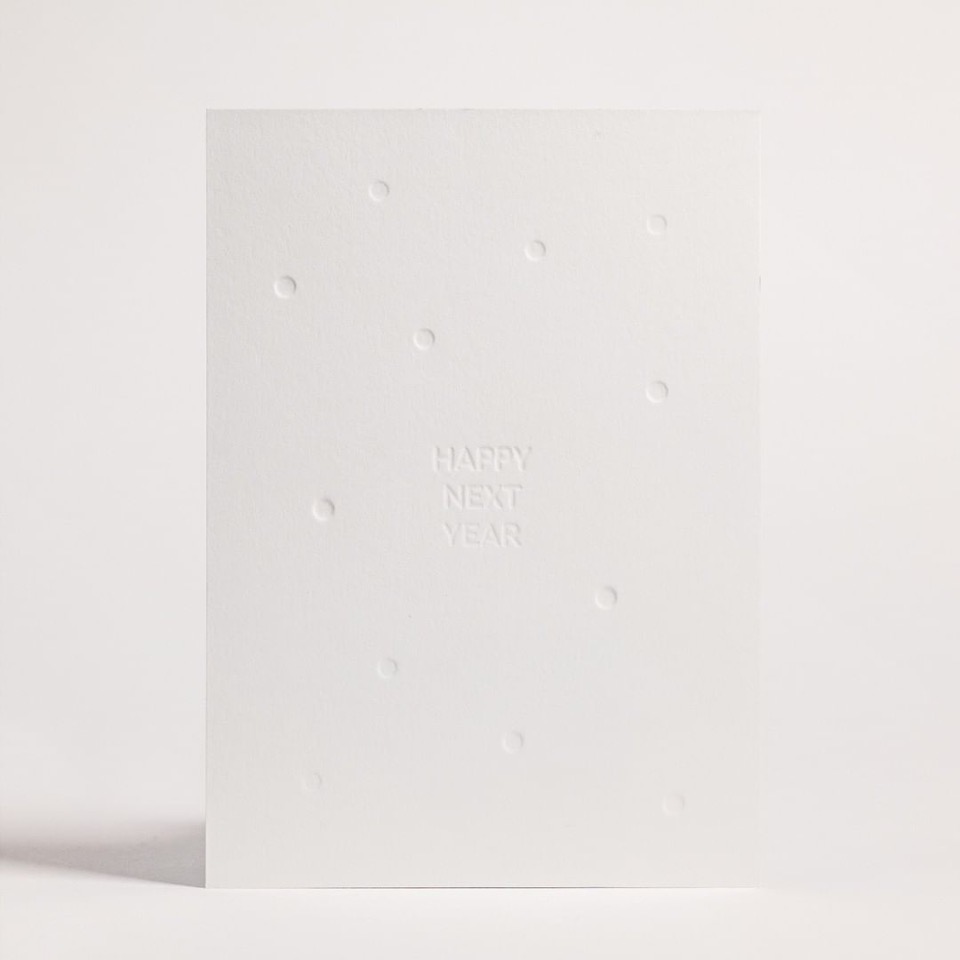
Psychological studies in the public domain have linked the sending and receiving of cards with mental health. A greeting card creates an emotional and tangible bridge between two parties despite the physical distance that lies between them. It takes energy and thought for a card to be selected, for a message to be constructed, for a pen to be put to paper and for it to be posted. It is an act that unfailingly involves keeping the recipient in mind for an extended period compared to dashing off a text message. For this reason, a greeting card holds particular resonance for the recipient in a way that other sentimental tokens may not.
Another recent study conducted by the universities of Limerick and Liverpool deduced that greeting cards act as an emotional barometer of sorts, providing unique insights into the state of the sender’s mental health.
 For example, depression may be identified in those who send cards regularly and then suddenly cease to, providing a necessary opportunity for loved ones to check-in and reconnect to see if all is well. So, while we’re aware that sending and receiving cards makes us feel good, the act itself, or lack thereof, can gauge one’s vital signs, providing a window into the soul so we may take action accordingly.
For example, depression may be identified in those who send cards regularly and then suddenly cease to, providing a necessary opportunity for loved ones to check-in and reconnect to see if all is well. So, while we’re aware that sending and receiving cards makes us feel good, the act itself, or lack thereof, can gauge one’s vital signs, providing a window into the soul so we may take action accordingly.
Then there are special cards, which are seldom discarded. Instead, they’re retained, stored and cherished – a physical reminder of how much we are thought about and loved even as they are unearthed and dusted down years later from a forgotten stack of papers or a stuffed drawer. These emotionally-loaded prompts become ever more important in our anxious, lonelier – albeit digitally connected – modern world.
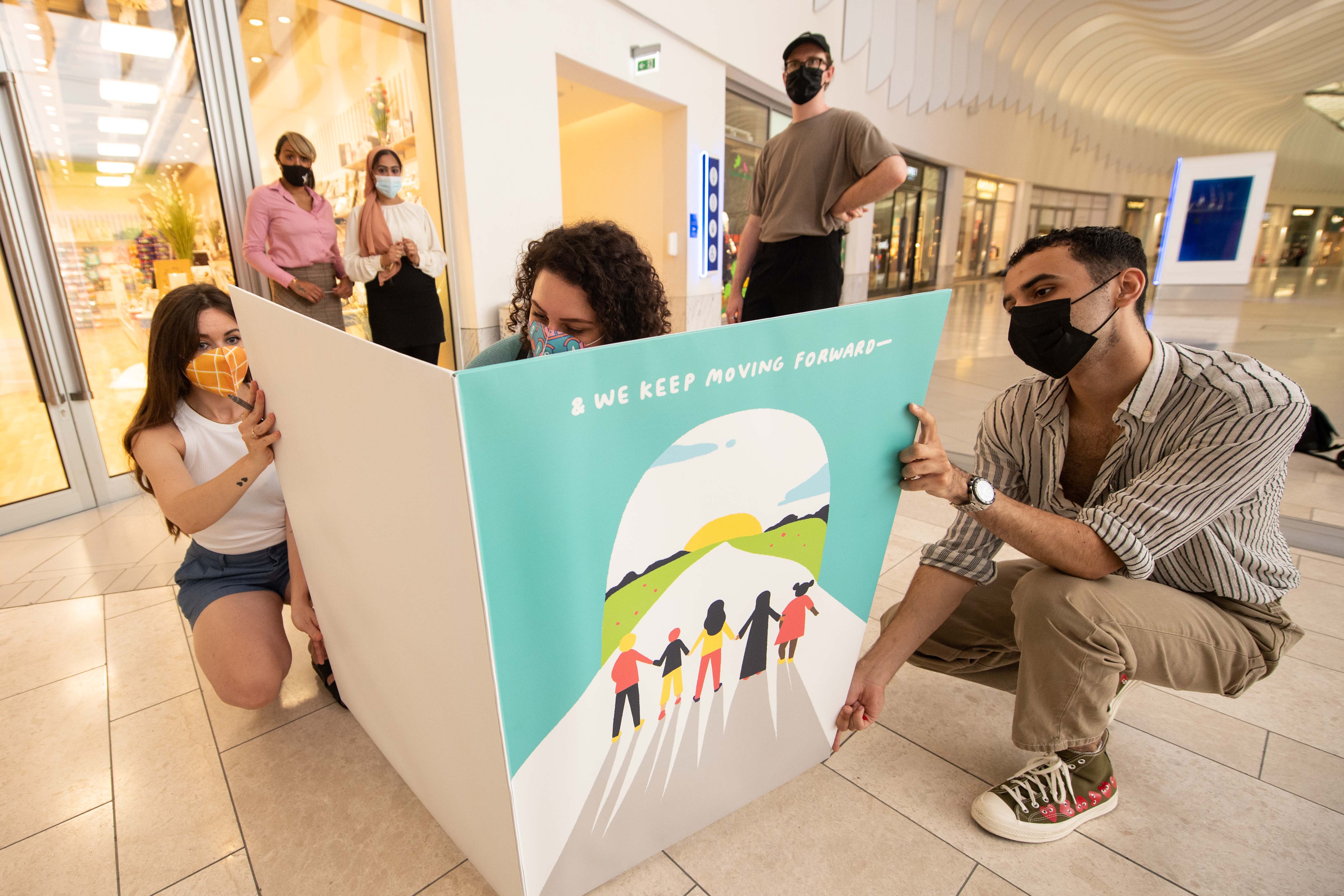
Several recent greeting card campaigns may have rejuvenated, even future-proofed, this so-called dying tradition. Thinking Of You Week each September, and Festive Friday a month before Christmas, are proving ever more popular – and there was even the late Queen Elizabeth’s Platinum Jubilee, where primary schools across the country created cards to commemorate this milestone occasion, teaching these younger generations the special virtues of making and giving a card.
Of course, consumer trends change and businesses across all sectors have to be finely attuned and responsive to the shifting tastes, principles and mindsets of global societies to adapt and thrive – particularly in the face of war, economic downturn and polarising politics.
Yet adversity fuels innovation and the various players integral to the success of the greeting cards industry – including paper mills, paper specialists like Fedrigoni, and printers – continue to work symbiotically to operate both ethically and more sustainably.
Climate change, pollution, and the exploitation of indigenous communities are ongoing humanitarian problems and Gen Zers are increasingly mobilising themselves for a variety of causes, not least in how they consume. Consumption for these deeply-principled people is less about material acquisition and more about accessibility, less about flaunting status and more about the expression of identity and personal ethics (McKinsey, 2018).

If the greetings industry is to stay relevant to today’s and tomorrow’s consumer, it remains intrinsically important to communicate what being done as ethically-responsible global citizens – but, while there is still an awful lot of work to be done, there is much to extol.
Paper mills, for example, are increasingly uniting with the World Land Trust to carbon balance paper-based goods so more trees are planted while rainforests and ecosystems are protected. Great measures have also been taken by paper mills to reduce their carbon footprint through upgrading machinery to be more energy and resource efficient, plus there has been a significant reduction in plastic used to wrap greeting card products.
And there is now a much greater variety of innovative eco-friendly papers sourced from FSC-certified forests that are elegant as well as resilient, elevating the creativity employed in the production of greeting cards to ensure the result is always exciting.
Not that long ago, people feared the advent of digital would kill off the physicality of everything from books to music. Yet record collectors continue to acquire vinyl and bookworms still buy real books even when they have the convenience of a Kindle.
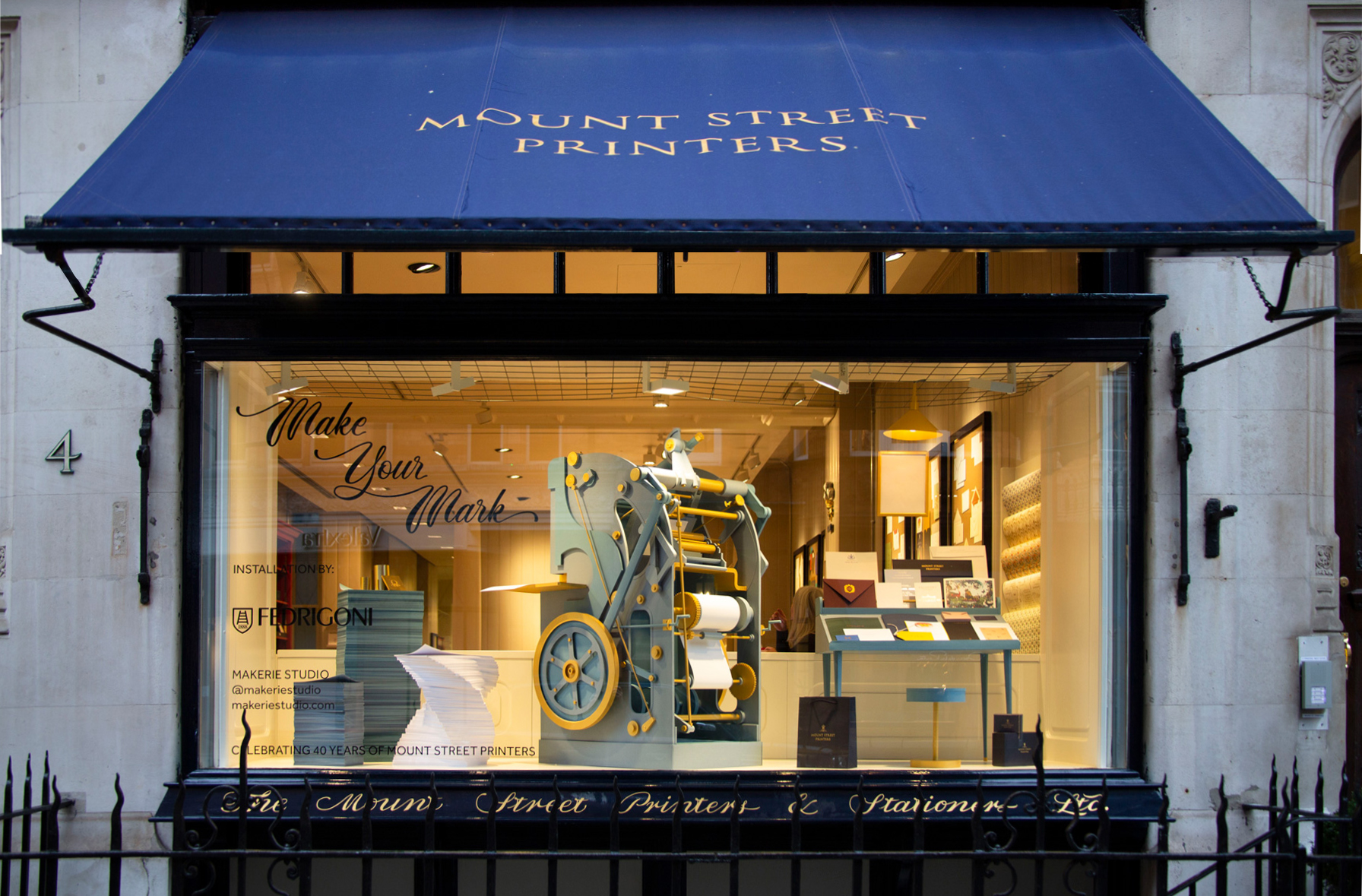
The tactility of a product, the sense of specialness that comes with a finely-packaged gift, the pleasure of physical touch is an innately human need that is unlikely to die out despite the digital age.
Greeting cards will continue to be a simple, yet enduring, way of cherishing and nurturing a connection with another human being for all the emotive, and psychological reasons we earlier explained.
Despite our modern-day challenges, love, in all its many guises and forms, ensures the greeting cards industry remains buoyant even as the climate threatens it to flounder. However, it must continue to work closely with its partners to secure its future, to innovate and encompass modern values from cradle to grave to attract new audiences and preserve the precious and necessary tradition of card giving and receiving.
Top: Keep moving forward is a good motto for the greetings industry, brought to life when Cardzone, Hallmark and the GCA produced giant cards for the public to write messages of goodwill as card shops reopened after lockdown













